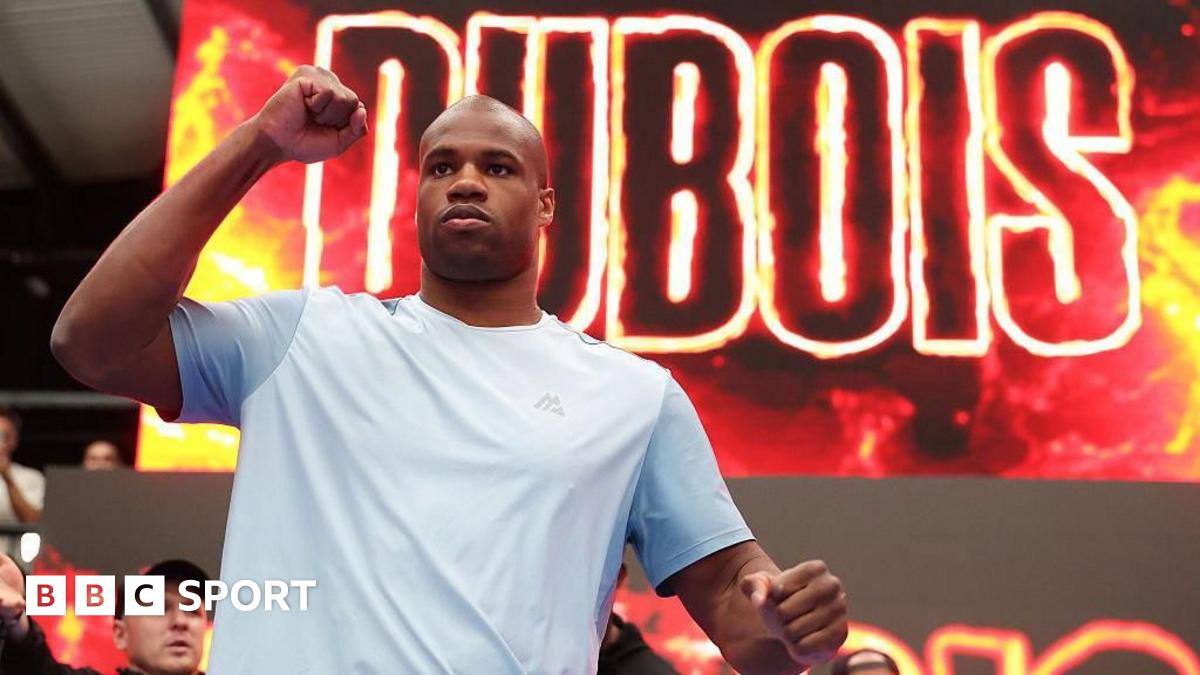How to avoid getting ambushed in a high-stakes meeting

If you’ve ever walked into a meeting expecting support, and instead found yourself under fire, you’re not alone.
Amid rising pressure to deliver more with less, leaders often find themselves defending critical initiatives, budgets, or even their own credibility in front of skeptical peers and executives. And while thoughtful debate can sharpen decisions, some meetings turn into something more damaging: an ambush.
It’s a uniquely disorienting moment, one where your pulse quickens, your prepared remarks fall flat, and the room feels suddenly less like a meeting and more like a trial.
For Cora, the head of product at a fast-growing tech company, her annual budget presentation was supposed to be a formality. She had aligned her proposal with the company’s growth strategy, benchmarked costs against those of her peers, and prepared a detailed slide deck. But when she began her presentation, everything shifted.
One colleague questioned her department’s ROI in the first five minutes. Another proposed reallocating her budget to fund their own priorities. Soon, a chorus of voices piled on, pointing out minor flaws and casting doubt on her entire proposal. It became clear they had compared notes beforehand. Caught off guard and on the defensive, Cora struggled to regain control— and left with her credibility bruised and her budget slashed.
Cora’s story is all too common. High-stakes meetings where influence, resources, or reputations are on the line are often battlegrounds for competing agendas. Without the right preparation, even the most capable leaders can be outmaneuvered and unprepared to handle resistance.
Through our work advising dozens of companies facing similar dynamics—Kathryn, as an executive coach and keynote speaker, and Jenny, as an executive advisor and Learning & Development expert—we’ve identified six core strategies that help senior leaders show up prepared, persuasive, and grounded, even when others are working against them.
1. Clarify the Stakes
Before you can persuade others, you need clarity for yourself. Start by defining what’s truly at risk for you, your team, and the organization, along with what you want to achieve. Is this about getting a “yes” on a specific proposal? Strengthening your position? Building support for a long-term initiative?
Ask yourself:
- What is the desired outcome of this meeting?
- Who are the key decision-makers and influencers? What do they care about?
- What happens if I win, and what happens if I don’t?
Pro tip: Write down the one sentence you want them to say after you leave the room: “We should move forward with her proposal,” or “He made a strong case. Let’s back him.” Holding that sentence in mind helps you stay focused if others try to derail the conversation.
2. Research Your Audience
Cora’s biggest mistake wasn’t her numbers. It was not anticipating her colleagues’ competing agendas. In high-stakes meetings, knowing your audience is just as important as knowing your content.
Do your homework:
- Understand their priorities, pain points, and pressures.
- Identify possible objections and who is likely to raise them.
- Map out the room: who is likely to support you, who is skeptical, and who might stay silent.
As Sun Tzu wrote: “If you know the enemy and know yourself, you need not fear the result of a hundred battles.”
3. Prepare Your Content
Once you have mapped the dynamics, craft your case accordingly. Start with your key message and back it up with 2–3 compelling, business-aligned points. Support your position with data, examples, and even stories that make your message memorable.
We recommend the SUCCESs framework to structure your message: make it Simple, Unexpected, Concrete, Credible, Emotional, and Story-driven.
And don’t forget to end with a clear ask. Ambiguity creates space for dissent.
4. Rehearse and Refine
Cora had the facts, but she wasn’t ready for the friction. Rehearsing isn’t just about polishing your presentation. It’s about building resilience for tough questions and interruptions.
Consider these steps:
- Practice your opening and closing lines out loud—they stick most due to recency and primacy bias.
- Anticipate tough questions and rehearse concise, confident responses.
- Role-play with a trusted colleague who can throw curveballs and help you adjust.
Pro tip: Prepare a short “pause phrase” to give yourself a moment: “That’s a great point. Let me address that specifically.”
5. Build Support Before You Walk In
And even with strong content, your meeting can fall flat without political groundwork. The most effective meeting performance often begins well before you step into the room. Smart leaders don’t just prepare content; they build coalitions.
- Pre-aligning with key stakeholders to identify and address objections and build support.
- Socialize your idea informally to shape how your message is received.
- Securing a meeting sponsor, someone influential who can help frame your proposal positively and reinforce its credibility in the room
Influence starts in the quiet conversations, not just the formal ones.
In hindsight, Cora realized she had focused so much on refining her proposal that she hadn’t spoken with peers in advance or gauged where their support stood. A few informal touchpoints might have revealed the coordinated pushback, or even helped prevent it.
6. Manage Your Mindset
Once your strategy is solid, the final variable is you. Your mindset, not your slide deck, determines how effectively you show up. High-stakes settings amplify stress, which is why composure is your secret advantage.
- Visualize a positive outcome and anchor yourself in your credibility.
- Arrive grounded and focused; small rituals, such as deep breathing, can help.
- Prepare a few confident, neutral phrases if things get heated:
“Let me clarify that . . .” or “That’s a fair point; here’s how we’re addressing it . . .”
If power dynamics make direct confrontation risky, consider influencing laterally or enlisting a trusted intermediary. Preparation doesn’t mean going it alone—it means understanding your leverage points and using them wisely.
Too often, leaders over-index on content and underprepare for resistance. But in high-stakes meetings, your ability to anticipate dynamics, tailor your message, and manage your mindset is what sets you apart. You may not control the room, but with the right preparation, you can control how you show up in it.
After her experience, Cora changed how she approached every high-stakes meeting. She now pre-aligns with key stakeholders, rehearses tough questions with a trusted peer, and walks in knowing not just her content, but the political terrain. She still faces resistance sometimes, but she’s no longer surprised by it. And that shift has helped her win more buy-in, not just battles. Because real leadership presence isn’t forged in easy moments. It’s revealed when the room turns against you, and you stay steady anyway.
What's Your Reaction?
 Like
0
Like
0
 Dislike
0
Dislike
0
 Love
0
Love
0
 Funny
0
Funny
0
 Angry
0
Angry
0
 Sad
0
Sad
0
 Wow
0
Wow
0


























































































